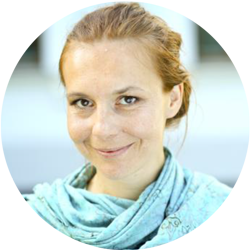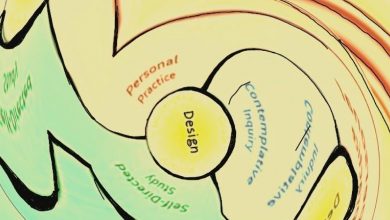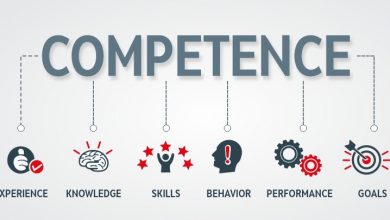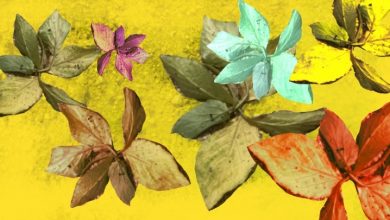Energy and Resilience—how to build an energy safe environment for your own learning
Learning is a high energy process. We expend significant amounts of energy each day to support our psychological processes. Therefore, it is posited that self-directed learning requires a greater amount of psychic energy than passive learning. SDL is a demanding process which needs mental resources to hold multiple concepts or items in memory while considering them. (Self Directed Learning. Smoke and Mirrors by Huey B. Long) The question we answer in this article is—how can we produce ample supplies of such energy on demand to sustain our learning efforts?
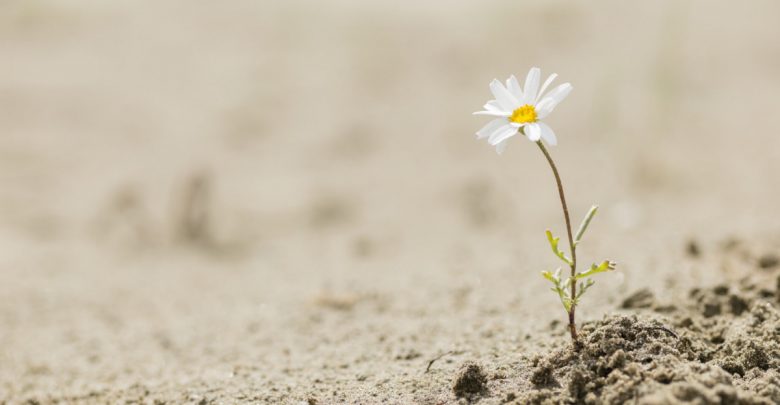
Why did I choose this tool?
Being able to produce just the right kind of energy to support one’s own learning is an invaluable skill for any self-directed learner to have.
How does it apply to being a trainer?
Trainers will learn a strategy to preserve and generate the kind of energy they need to maintain their self-directed learning efforts.
Content
In his book, Resilient: How to Grow an Unshakable Core of Calm, Strength, and Happiness, Hanson states that our life path ultimately depends on the following 3 conditions: how we manage our challenges, protect our vulnerabilities, and increase our resources. These conditions are located in the world, our minds and our bodies. While most of the time we cannot completely have control over what happens in the world and our bodies, we can, however, control what happens in our minds. That is why we practice resilience.
In simple terms, resilience is the ability to cope under pressure. According to Skills for Care (2016), resilience is based on a positive outlook combined with strategies to manage pressure. They explain that personal resilience is about self-awareness, strategies for coping with pressure, being positive and confident.
Thrive Program consultant James Woodworth lists the following strengths that resilience includes: an internal locus of control, self-esteem, self-efficacy, self-awareness, emotion regulation, optimism, positivity, hope, gratitude and appreciation, SMART goals, flexible and adaptable attitude. (positivepsychologyprogram.com)
Hanson includes the following 12 inner strengths as constituent parts of resilience: compassion, mindfulness, learning, grit, gratitude, confidence, calm, motivation, intimacy, courage, aspiration and generosity.
Resilience is a critical trait for self-directed learning. In his PhD study on resilience and self-directed learning readiness, Robinson (2003) states that self-directed resilient learning involves the following four factors: self-concept, control, responsibility, and persistence. He notes that self-directed resilient learners tend to have a positive self-concept, prefer to have control over their learning transaction, like to assume responsibility for their actions and tend to be persistent. “In spite of life’s pressures or personal disruptions, resilient people reassemble their lives and somehow persist (p.75).”
Resilience helps learners to view the learning experience as a challenge they know they can take on. Learners who practice resilience are open to learning because they believe in their abilities. They know how to regulate their emotions and deal with any potential frustrations that might arise during learning something difficult. They are patient and persistent when they come across concepts they do not understand. They are open minded and enjoy the learning experience.
According to Mayo Clinic (2018), the most important aspect of training resilience is learning to train our attention and awareness. By intentionally turning our attention to the more positive aspects of our lives, we become more resilient. This does not mean looking at the world through pink glasses. As Hanson points out, this is about realistic and pragmatic thinking. Our brains are naturally predisposed towards fixating on negative experiences while disregarding the positive ones. What we need to do now is to retrain our brains to notice the whole complexity and richness of our experience. It’s like bending down to pet the cat: we might feel our back is aching, but we are still enjoying patting the cat. What sensation shall we choose to focus on is entirely up to us (Hanson, 2018). In recent decades neurosciences have showed us just how malleable our brains are. What was once in the eyes of science thought to be fixed in the brain we now know is not. This offers us a tremendous window of opportunity to change our brains! We can change our thoughts, emotions, moods and traits. We refer to this process as positive neuroplasticity.
Resilience, just like any other psychological resource, can be trained. We develop psychological resources by repeatedly having experiences of them. These experiences in turn create long-lasting changes in our brains. The process consists of what Hanson calls activation and installation phases. During activation phase, we are exposed to a particular experience, such as feeling self-confident. During installation phase, this experience becomes consolidated in the brain. Over time, the trait self-confidence becomes a part of how we see ourselves.
The method he outlines in his book is called HEAL.
- Have a beneficial experience by either noticing it if it is already present (maybe we are already happy today, we just did not notice it) or creating it (by exposing ourselves to a particular situation that creates it. For example, if we want to feel more resilient, we could go trekking the mountains.
- Enrich the experience, stay with it fully.
- Absorb it. Receive it into yourself.
- Link it. Use it to soothe and replace painful, harmful psychological material.
Exercise
From the list of Hason’s 12 traits, pick one that you would like to work with: compassion, mindfulness, learning, grit, gratitude, confidence, calm, motivation, intimacy, courage, aspiration, generosity.
Pick each month a different strength and continue this until you have worked with all 12 of them:
| ACTIVATE: Bring to mind a time when you had the experience of having this strength. Once you are having the experience, start to enrich it. Lengthen it. Come back to it if your mind wanders, keep it going breath after breath. Open to this experience, letting it fill you, becoming more intense. Expand it by exploring different aspects of the experience: thoughts, sensations, emotions, desires, and actions. Bring the attitude of curiosity to help the experience stay fresh and vivid. Consider how having this strength could be important to you, relevant and valuable. |
| INSTALL: Then focus on absorbing it. Consciously intend to receive this experience into yourself. Sense the feelings spreading inside, becoming a part of you. Look for what feels good about this strength. Sink into the experience as it sinks into you. |
(Exercise adapted from Resilient: How to Grow an Unshakable Core of Calm, Strength, and Happiness by Rick Hanson)
Reflection:
- What are your impressions and main takeaways from the article?
- Do you consider yourself a resilient person? Why or why not?
- What other qualities from the ones listed in the article would you like to hone in yourself in this way?

